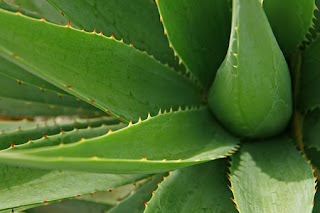Scientific Name: Euterpe oleracea
Common Names: Acai berry, Açaí, Assai, Acai palm, Cabbage Palm, Iwasai
Description:
The Acai berry is a small, dark purple fruit that grows in clusters on the Acai palm tree. The berry has a unique flavor, often described as a blend of chocolate and berries, with a hint of earthiness. Each berry contains a single large seed surrounded by a small amount of pulp.
The Acai palm tree is native to the floodplains of the Amazon rainforest in Brazil and other parts of Central and South America. The tree thrives in tropical climates and is commonly found along riverbanks and in swampy areas.
Acai palms are primarily found in Brazil, particularly in the states of Pará and Amazonas. They are also grown in other tropical regions of South America, such as Peru, Suriname, and Trinidad and Tobago.
Parts Used for Traditional Medicine:
Fruit pulp: The most commonly used part of the Acai berry for its health benefits.
Seeds: Sometimes ground into a powder and used in traditional remedies.
Leaves: Occasionally used in traditional practices.
Health Benefits:
1. Rich in Antioxidants:
- High levels of anthocyanins, which help protect cells from oxidative stress and inflammation.
2. Heart Health:
- May help improve cholesterol levels by reducing LDL (bad cholesterol).
3. Skin Health:
- Antioxidants in Acai berries may help improve skin appearance and reduce signs of aging.
4. Weight Loss:
- Often included in weight loss diets due to its fiber content and potential to boost metabolism.
5. Immune System Support:
- Contains vitamins A, C, and E, which are important for a healthy immune system.
6. Energy Boost:
- Nutrient-dense profile can provide a natural energy boost.
Medicinal Properties and Uses:
Anti-inflammatory: Reduces inflammation in the body.
Antioxidant: Protects cells from damage by free radicals.
Cardioprotective: Supports heart health by improving lipid profiles.
Anti-aging: Slows down the aging process by protecting the skin and other organs.
Digestive Health: High in fiber, promoting healthy digestion.
This recipe provides a basic method for preparing acai berry tea, which is commonly used in traditional medicine practices.
Acai Berry Tea Recipe
**Ingredients:**
- 1 cup of dried acai berries
- 4 cups of water
- Honey or sweetener (optional, to taste)
**Instructions:**
1. Rinse the dried acai berries under cold water to clean them.
2. In a medium-sized pot, bring 4 cups of water to a boil.
3. Add the rinsed acai berries to the boiling water.
4. Reduce the heat to low and let the berries simmer for about 15-20 minutes.
5. Remove the pot from heat and let the mixture cool down slightly.
6. Strain the berries from the liquid using a fine mesh strainer or cheesecloth, pressing gently to extract all the liquid.
7. Discard the berries or save them for another use.
8. Add honey or your preferred sweetener to taste, if desired.
9. Serve the acai berry tea hot or chilled, according to your preference.
You can also experiment with adding other ingredients like lemon or ginger for additional flavor.
Precautions and Side Effects:
Allergies: Rare but possible, especially in people allergic to other berries.
Digestive Issues: Excessive consumption can lead to gastrointestinal discomfort, such as bloating or diarrhea.
Interaction with Medications: May interact with certain medications, particularly those that affect the immune system or blood clotting. Consult with a healthcare provider before use if on medication.
The Acai berry is a highly nutritious fruit with a range of health benefits, from antioxidant properties to heart health support. While generally safe for consumption, it should be taken in moderation and with consideration of potential interactions with medications.
















